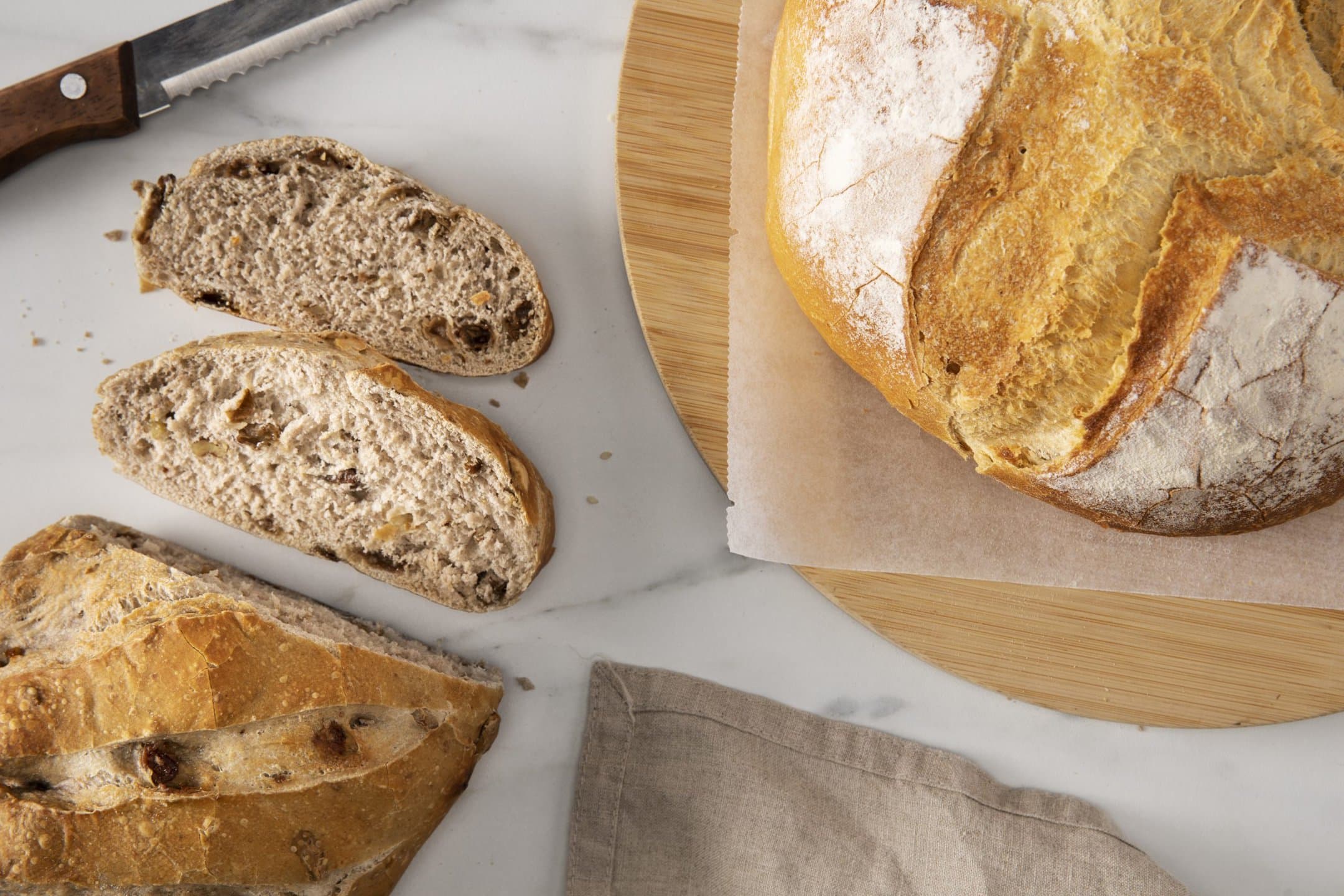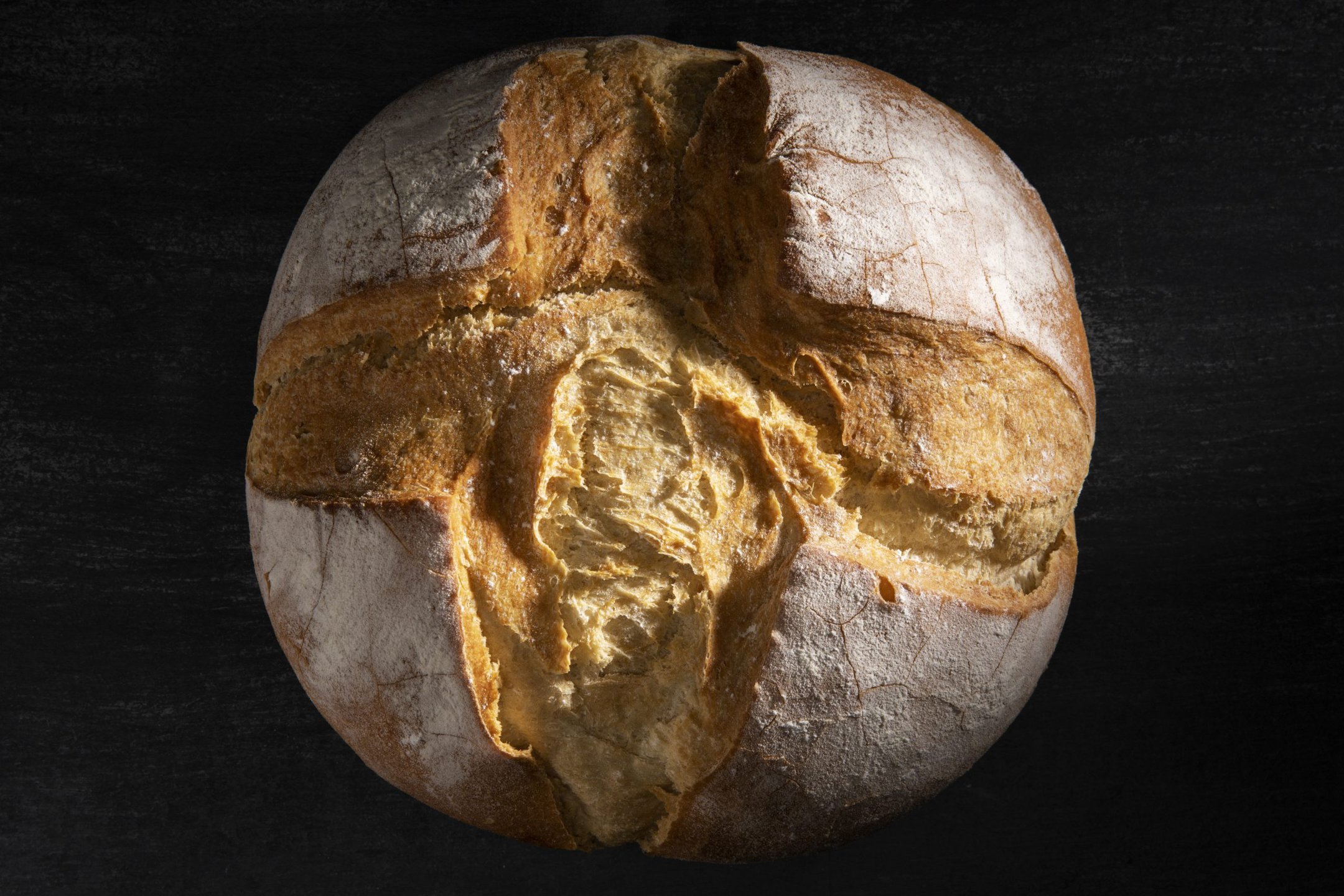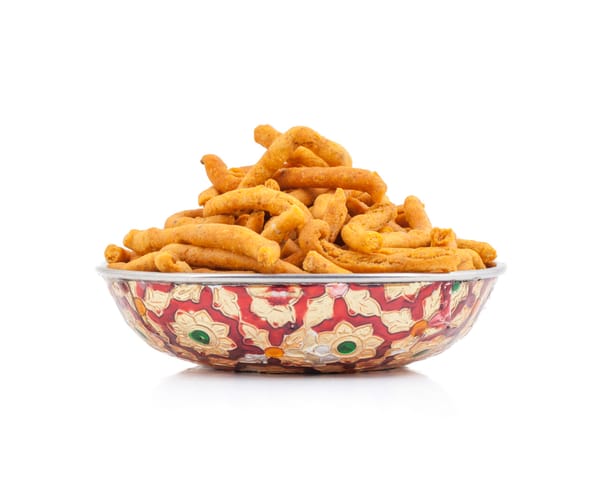Is there any food with greater importance than bread? It is said that, whether an aspiring one or an experienced one, every cook should be able to make bread at home. And this high-altitude bread recipe just might be the perfect place to start.
Making bread is hard already, and the fact that altitude affects the yeast doesn’t help. Especially if you are living in higher altitudes, regular bread recipes won’t help you. This high-altitude bread recipe is tested at different altitudes, and the results were perfect. Although, as is the case with any bread recipe, this is not an easy one. All you need is some faith, luck, and flour.

Ingredients
- Warm water — 1 cup
- Active dry yeast — 2 tsp.
- Coconut oil — ¼ cup
- Bread flour — 3 cups
- Granulated sugar — 1 tbsp.
- Salt — 1 tsp.
Instructions
- Combine the water with the yeast. Let the mixture sit until bubbly, about 10 minutes.
- Transfer the yeast mixture to a large mixing bowl and add the coconut oil, bread flour, granulated sugar, and salt.
- Set your oven to 350°F degrees and lightly grease a loaf pan.
- Pat your working counter with some flour and transfer the dough to it.
- Work the dough using your hands, shaping it into a loaf.
- Cover and let it sit until it doubles in size, which should take approximately 30 minutes.
- After that, transfer the loaf to the oven and bake for 30 minutes.
Substitutions
- Coconut oil — Half a cup of coconut oil goes a long way in this recipe. It provides some much-needed flavor, along with moisture. Still, coconut oil might not be for everyone. If that’s the case with you, don’t hesitate to use olive oil instead. Butter, however, provides even more moisture and flavor, so you might want to try that one too.
- Bread flour — Bread flour works well in this high-altitude bread recipe. So, if you have some, it is recommended to stick to it. If, however, bread flour is not an option, all-purpose flour would work fairly well too. Keep in mind that the texture of your bread will be slightly different, though.
- Granulated sugar — Granulated sugar works well in this high-altitude bread recipe, and there is no need to look for a substitute. With that being said, you could always experiment. Honey works fairly well, and the same can be said for maple syrup. But if those are not your cup of tea, simply switch to brown sugar.
Variations
- Gluten-free — Even if you don’t have a medical condition that requires you to switch to a gluten-free diet, you still might want to follow a gluten-free diet, as the claimed benefits seem to increase with each day. Luckily, making this high-altitude bread recipe gluten-free couldn’t have been easier! Bread flour contains gluten, so you might want to use gluten-free all-purpose flour instead. The rest of the ingredients, including coconut oil, are already gluten-free.

Equipment
- Measuring cup
- Measuring spoon
- Mixing bowl
- Loaf pan
- Food spray
Storage
- Room temperature — Bread can be stored at room temperature. Simply cover the leftover bread and keep it in your kitchen or pantry, somewhere far from direct sunlight. The leftovers will last for three days.
- Refrigerate — If you’d like to enjoy your leftover high-altitude bread for longer, you might want to refrigerate it. Simply wrap the bread with aluminum foil and transfer it to an airtight container. Once stored in your fridge, it will last for up to a week.
- Freeze — Transfer the leftover bread to a freezer bag and transfer it to your freezer. Once stored in your freezer, the leftover bread will last for three months at most. Simply thaw the bread the night before you want it.
Pro Tips
- Bread machine — If you will be using a bread machine, which is not recommended as it won’t give you the same satisfaction, remember to start with the dry ingredients, turn on the machine, and then slowly add the oil and the yeast mixture.
- Vitamin C — Although this high-altitude bread recipe doesn’t need vitamin C, adding a pinch of that won’t hurt your chances of making the perfect bread. Vitamin C will strengthen the gluten that is present in the bread flour, which will help the bread rise faster. Needless to say, this wouldn’t work for the gluten-free version.





